From underwater systems to satellites in space, Northeastern wireless network researchers showcase their work
The conference featured discussions between some of the Institute for Wireless Internet of Things’ faculty members, highlighting the innovative research they are conducting to help drive that future.
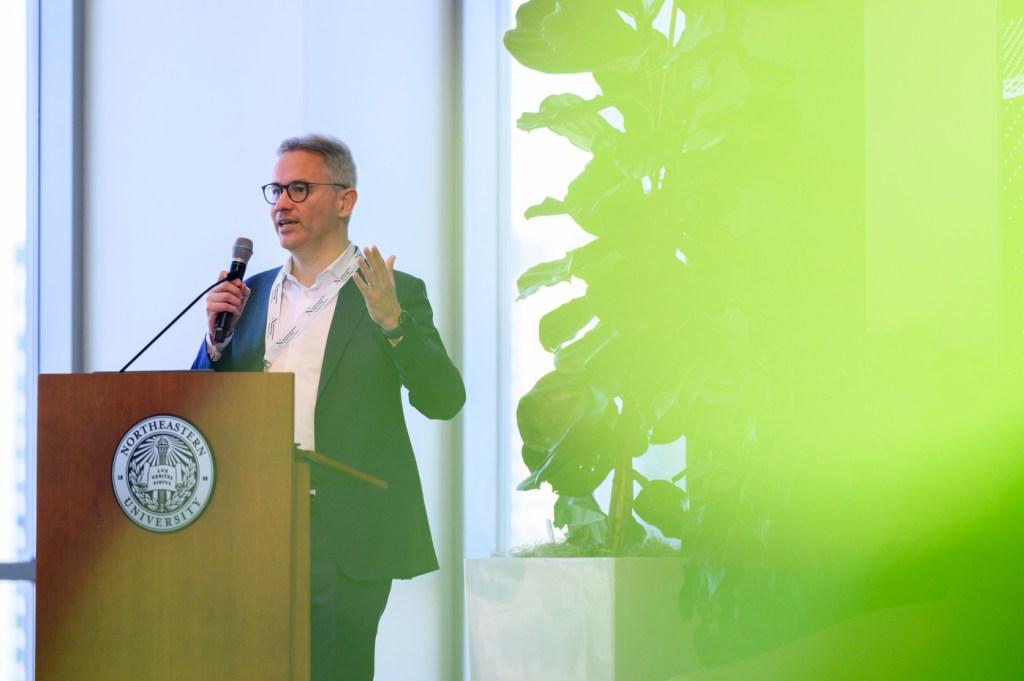
Since launching five years ago, Northeastern University’s Institute for Wireless Internet of Things has grown to over 182 members and filed more than 110 patents in areas including 5G/6G mobile networks, software-defined networking, Wi-Fi systems, network security and IoT medical devices.
Founding director Tommaso Melodia said the institute has also built strong industry partnerships with major names that include AT&T, Dell, AMD and Intel. On the government front, the institute has partnerships with the National Science Foundation, the Air Force Research Laboratory, and the Office of Naval Research, among others.
The institute is a leader in wireless and smart connected systems research, prioritizing industry and government collaboration to drive innovation and real-world impact, Melodia said this week at the institute’s two-day conference, “Toward Open 6G Networks.”
“The institute needs to be the go-to place to create partnerships between industry, government and universities to develop wireless technologies of the future,” Melodia said.
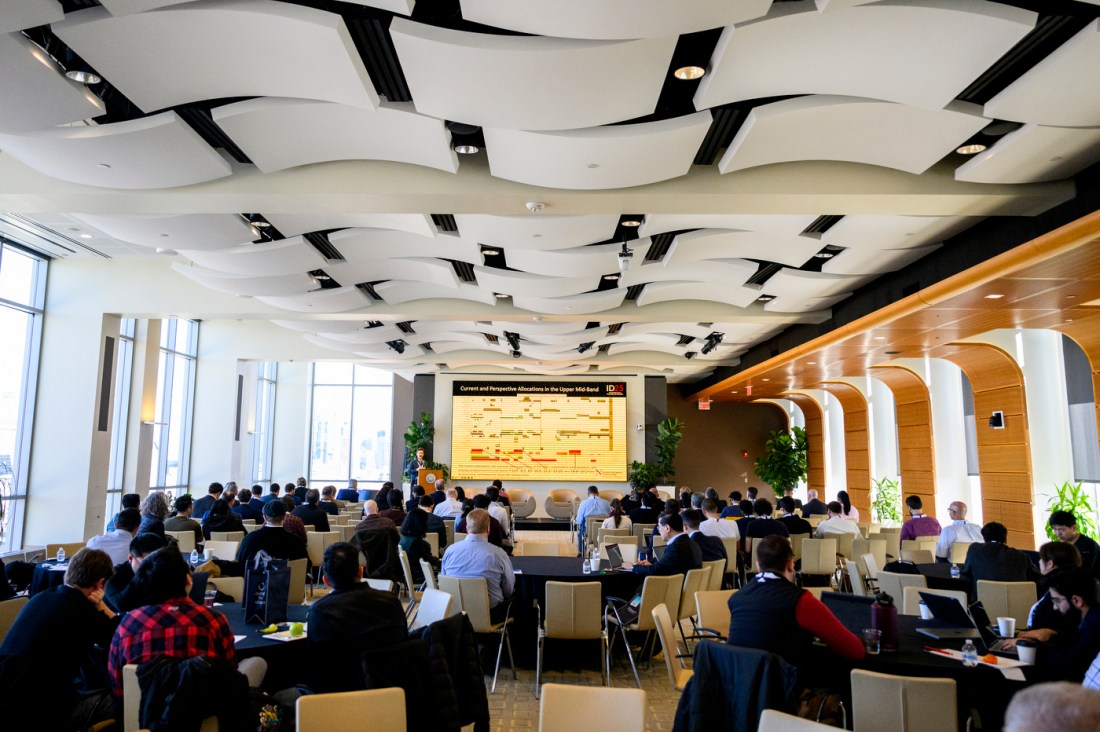
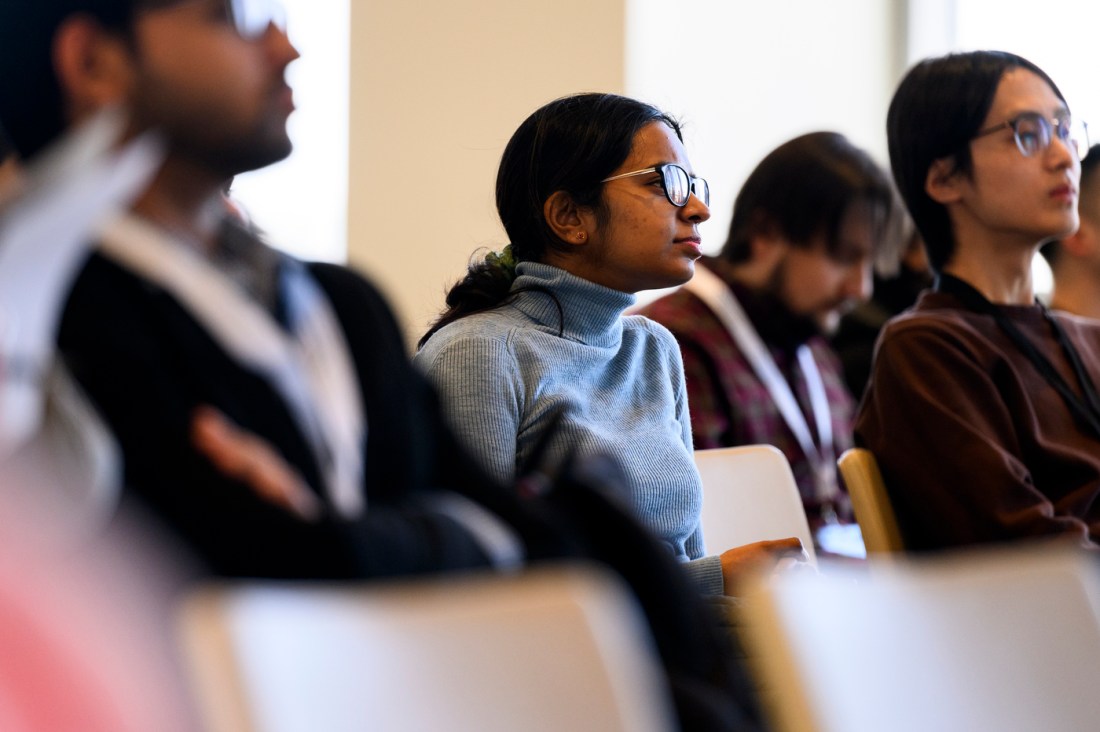
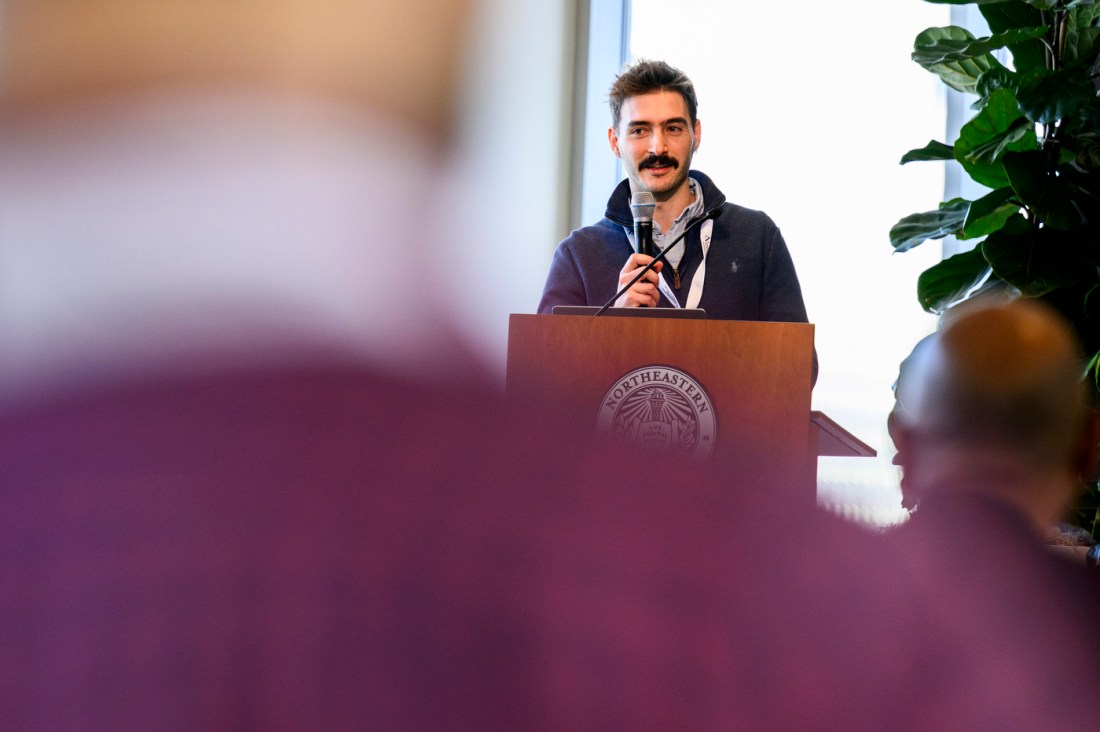
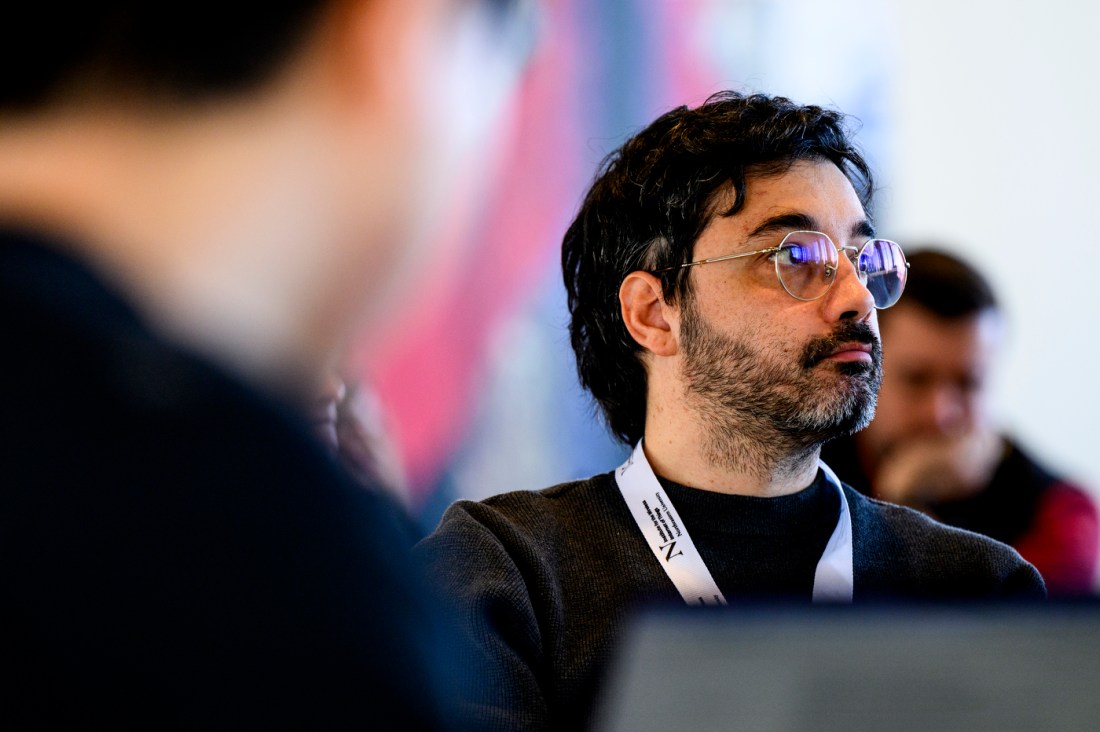
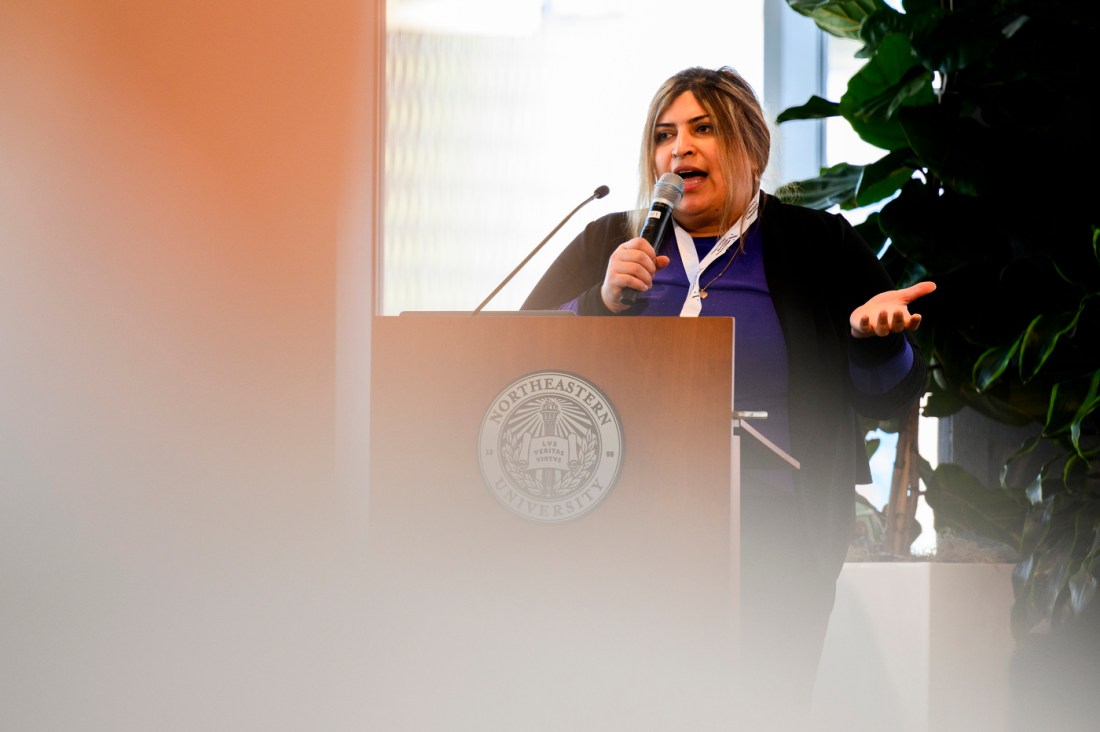
The conference featured discussions between some of the institute’s faculty members, highlighting the innovative research they are conducting to help drive that future.
Road trip to test country’s 5G network
Some researchers are traveling across the country for their work.
One of those researchers is Dimitrios Koutsonikolas, an associate professor of electrical and computer engineering. Over the past three years, Koutsonikolas has made multiple cross-country driving trips around the U.S. to test and measure the capabilities of the country’s 5G network.
5G launched in 2019 with big promises of faster speeds for AR, cloud gaming and autonomous vehicles. But the technology has not come close to living up to expectations, Koutsonikolas explains.
“I think we can all agree that 5G did not deliver fully what it promised,” he said.
But Koutsonikolas wanted to dig deep into why.
From 2022 to 2024, he took multiple trips to do just that, testing the network in a range of cities including Boston, Chicago, Atlanta, Charlotte, Chicago, Indianapolis, Miami and Las Vegas. He even made trips to Maui and parts of Alaska.
Koutsonikolas collected multiple terabytes of data. While coverage has improved for all three carriers over the past few years, there are still shortfalls, he notes.
Some areas still lack strong coverage, he explains, and coverage among carriers can be mixed.

Got a suggestion for Faculty and Staff News?
Share a perk or place to visit!
Terahertz tech for space and speed
Since 2009, Josep Jornet, a Northeastern professor of electrical and computer engineering, and his team have been studying terahertz frequencies, which offer greater speeds than more typical gigahertz technologies you might find in today’s consumer electronics. Jornet notes there are three main benefits why terahertz technologies are worth studying for researchers.
First, it gives researchers more bandwidth. Second, it allows them to work with smaller antennas, and third, terahertz bands trigger electromagnetic signatures that can be used for sensing.
His work may very well bring him to the stars. He is working with NASA, the Air Force and student researchers at Northeastern to send sub-thz bands into space attached to CubeSat satellites.


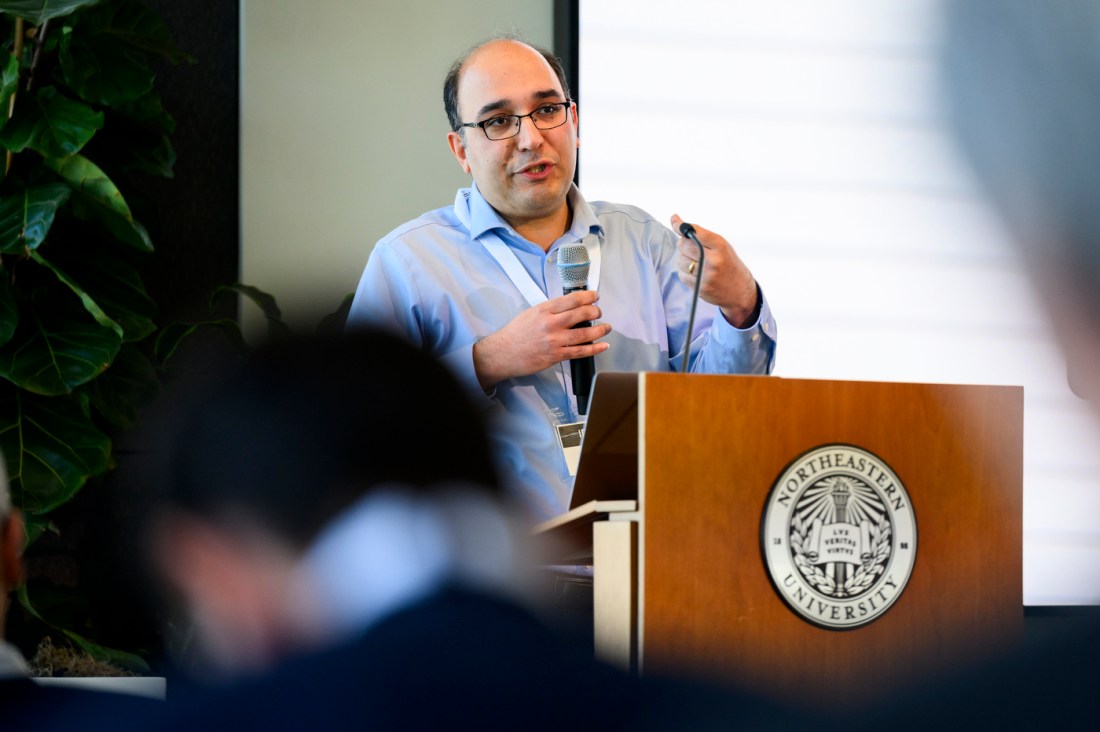
Acoustic underwater wireless networks
Milica Stojanovic, a Northeastern professor of electrical and computer engineering, is developing acoustic underwater wireless networks. Her research is relevant for the blue economy, which focuses “on the sustainable use of ocean resources to drive economic growth, improve livelihoods and preserve the health of the ocean.”
That covers everything from fish farming to sensing systems designed to detect early tsunami warning signs. Typical networking systems like radio waves do not function well under water, but acoustic waves do.
